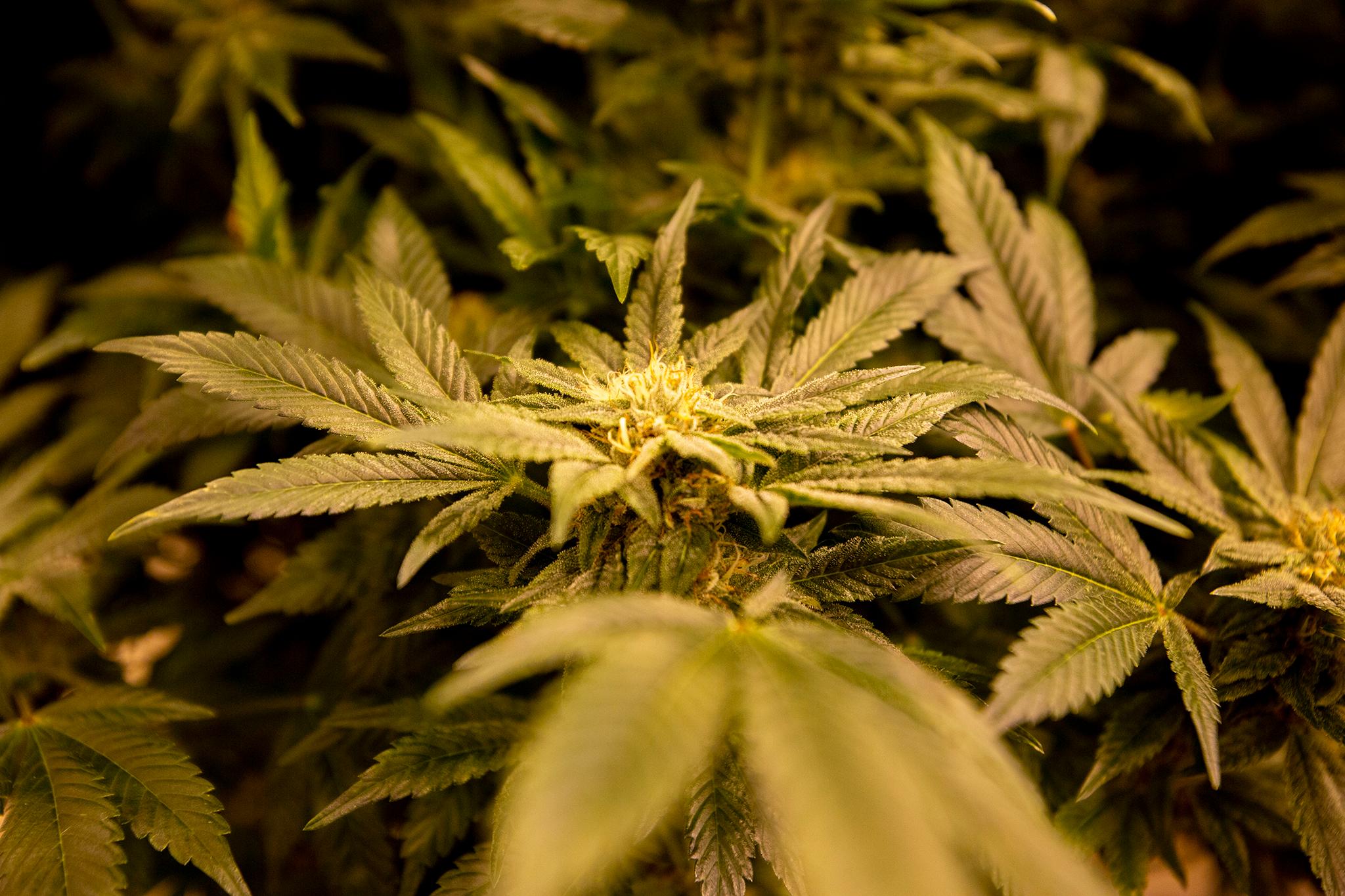
Editor's Note: This story contains discussion of self-harm. If you or someone you know is considering suicide or other acts of self-harm, please contact Colorado Crisis Services by calling 1-844-493-8255 or texting “TALK” to 38255 for free, confidential, and immediate support.
Though researchers still consider youth mental health a crisis, the latest state survey looking at the problem shows a drop in youth who seriously considered suicide and sharp declines in youth substance use. There was however, a concerning rise in middle school alcohol use and the number of youth vaping marijuana.
More than 120,000 youth responded to the voluntary Healthy Kids Colorado Survey last fall. The survey, the state’s most comprehensive, confidential survey on the health and well-being of young people, is administered every two years. In 2023, 344 public middle and high schools in 46 Colorado counties participated. The results are used to help state and local organizations target support to youth to help them make healthy choices.
“We’re very happy to see overall improvements in many areas,” said Jill Hunsaker Ryan, executive director of the Colorado Department of Public Health and Environment. “There have been dramatic changes in the right direction around indicators of mental health, suicide risk, and substance use.”
She said she hopes the results are an indication that state and community investments in prevention programming and protective factors are paying off.
One of the most significant changes is in the number of high schoolers experiencing persistent feelings of sadness or hopelessness. That dropped by 14 percentage points, to the lowest share of students since the survey began.
Other findings:
- Youth who seriously considered suicide in the last year decreased by 6 points.
- Youth who planned a suicide attempt decreased by 4 points.
- Youth who attempted suicide decreased by 1 point.
However, similar to previous years, LGBTQ+ youth struggle much more with their mental health than their peers. Transgender youth seriously considered suicide in the past year at more than four times the rate of their cisgender peers (45 percent versus 10 percent). Youth who identify in other categories such as gay, lesbian or bisexual seriously considered suicide at more than three times the rate of their heterosexual peers.
“We hope to build on some of the positive trends coming out of the survey to close the gaps we see for LGBTQ+ youth in Colorado,” said Lena Heilmann, director of the Office of Suicide Prevention. “Protective factors, such as supportive adults, clear family rules, and feeling safe and connected at school, help youth to thrive.”
Middle school results show similar improvements in mental health and suicide outcomes.
Sharp declines in youth substance use – except for middle school drinking and THC vaping
The number of high schools who currently drink alcohol decreased by 3 percentage points, vaping is down by 7 percentage points, and youth who currently use prescription pain medications without a prescription or differently than prescribed decreased by 2 percentage points.
The percentage of youth who use marijuana use or cigarettes remained stable between 2021 and 2023 at 13 percent and 3 percent, respectively.
One Chance to Grow Up, a group that monitors youth access to drugs, said Colorado legislation helped contribute to a decrease in students dabbing marijuana concentrates. The law included education resources on the health risks of using high-concentrate marijuana products such as psychotic symptoms and other mental health symptoms, according to the legislation.
But while the data shows a decrease in youth dabbing marijuana concentrates, there’s been an increase in vaping THC, the psychoactive chemical in marijuana. Among high schoolers who had used marijuana in the past month, the number who reported vaping marijuana has steadily increased from 22 percent in 2015 to 39 percent in 2021 to 46 percent in 2023.
“During those eight years, we saw an explosion in discreet, flavored marijuana vaping products, including fruity and sweet flavors,” said Rachel O’Bryan, co-founder of One Chance to Grow Up. “These flavors are attractive to kids and can provide extremely high amounts of concentrated THC, which harms growing brains.”
There are regional differences in substance use around the state in the numbers. For example, binge drinking, defined as having four or more drinks within a couple of hours on one or more of the past 30 days, is more prevalent in rural northwest Colorado. There, 23 percent of high schoolers, compared to 13 percent of youth in Jefferson County, reported binge drinking.
Middle school students also appear to be drinking more. Nearly a quarter of middle schoolers reported ever drinking alcohol, up from 11 percent in 2021. The earlier someone begins drinking or using drugs, the more likely substance use will be a problem in the future, researchers say. In 2023, 14 percent of middle schoolers reported having their first alcoholic drink before age 11, almost triple the rate from 2021 when five percent reported drinking before that age.
Other categories
One in 10 Colorado high schoolers reported they had a sexual experience where they were unsure whether they gave their fully-granted consent to the other person. That rises to nearly one in three for students who identified as nonbinary. Nine percent of Colorado high schoolers reported having sex while under the influence of alcohol or drugs.
About 12 percent of high school students reported being bullied on school property while 10 percent reported being bullied electronically during the past 12 months. One in five Native Hawaiian/Pacific Islanders reported being treated badly or unfairly in school because of their race compared to 2 percent of white students.
Among high school students who drove a car in the past 30 days, about a third reported texting or posting on their phone while they drove. That percentage rises to half for young people aged 18 or older.









